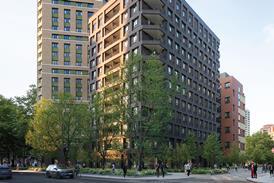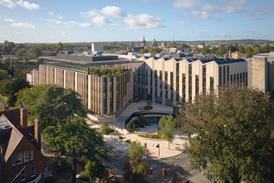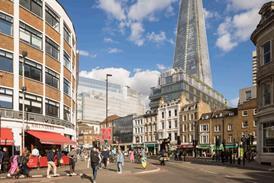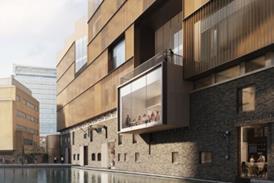- Home
- Intelligence for Architects
- Subscribe
- Jobs
- Events

2025 events calendar Explore now 
Keep up to date
Find out more
- Programmes
- CPD
- More from navigation items
Office architects need to add anthropology and data science to their skillset

Our workplaces have never been more high-tech - and yet in some ways office design is turning full circle, says Aecom’s Nicola Gillen
While people were a key focus of the very first offices, they were metaphorically pushed out during the post-industrial decline to make way for the means of production. Yet today’s redeveloped city quarters, with their vibrant mix of work, leisure and culture, are reminiscent of the 18th-century mixed-use employment hubs that combined industry with worker housing, education and community spaces. We are seeing a clear return to people-centred design.
Employees once had a sharp distinction between their lives in and outside work, but now there is often a blurring between many people’s work and private lives. There is no longer a clear end to the work day, with people working anytime and anywhere. Companies also face greater competition to attract and retain talent, prompting a growing focus on wellbeing and flexibility. The world of work is changing and to stay ahead and play a role in designing offices of the future, designers and architects need to keep a constant watch on new trends and developments.
…
This is premium content.
Only logged in subscribers have access to it.
Login or SUBSCRIBE to view this story

Existing subscriber? LOGIN
A subscription to Building Design will provide:
- Unlimited architecture news from around the UK
- Reviews of the latest buildings from all corners of the world
- Full access to all our online archives
- PLUS you will receive a digital copy of WA100 worth over £45.
Subscribe now for unlimited access.
Alternatively REGISTER for free access on selected stories and sign up for email alerts






